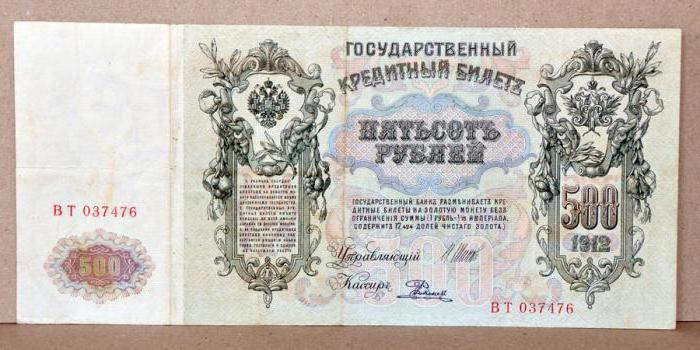An assignment is a type of banknote or security. The term has several meanings at once. Banknotes called the first money in tsarist Russia and the banknotes of the French Revolution.
Securities
An assignment is an order or contract. By the mechanism of action - bills of exchange. Under the contract, there are three parties to the transaction. The first (appropriator) transfers through the third person (appropriate) to the 2nd person (appropriator) property, important papers or other values. Most often, such orders were used as means of payment in foreign trade.
In France, Portugal, Belgium and some other countries where there were bank notes in circulation, they were equated with a bill of exchange. In Germany, it was a written act, which stated:
- payment time;
- amount;
- date and place of issue;
- the names of all three parties to the transaction.
Banknotes of the Russian Empire
An assignment is the first money of the Russian Empire that was printed on paper. Monetary units existed from 1769 to 1849. When banknotes appeared, it was the beginning of changes in the conservative monetary system of tsarist Russia. Paper banknotes became a kind of foundation for subsequent reforms. They began precisely thanks to the appearance of bank notes. And it played a big role in approaching Europe in monetary terms.
The emergence of Russian banknotes
When did the banknotes appear in Russia? The very idea of releasing paper money arose even under Elizabeth Petrovna, who reigned from 1709 to 1761. But the proposal was rejected by the Senate. Then Peter III ascended the throne and in 1762 issued a decree on the introduction of bank notes in circulation. But their release did not take place. Peter III was killed, and Catherine II ascended the throne.
Banknotes were forgotten for a while. But power was heavily spent on military needs. And in the treasury a shortage of silver began to be felt. And with copper coins, of which there were very many, but with minimal merits, it was inconvenient to make large payments. Therefore, bills were introduced to withdraw metal money from circulation. Their denomination was indicated in rubles.
The bill is the first paper money in tsarist Russia. They began to be produced in 1769 by decree of Catherine II. And they went into circulation with silver, gold and other valuable metals. Coins were exchanged for banknotes in any volumes and upon request. Paper notes were tied to copper. Two banks were created for exchange: in Moscow and St. Petersburg.
Denominations and circulation in circulation
The first banknotes were issued in four virtues: 25, 50, 75 and 100 rubles. The notes were watermarked and printed on white paper in plain black ink. At first, banknotes were very popular. And coin exchanges for paper banknotes were carried out in another 22 Russian cities. Banknotes became at the same time taxable provision.
But the protection of the banknotes was very weak, so there were a lot of fakes in circulation. In 1786, 46,219,250 rubles were already in circulation. But the course remained stable. In 1786, to replenish the treasury, notes were issued up to 100 million rubles. Then the old banknotes began to change to new banknotes.
They appeared in denominations of 5 and 10 rubles. As a result, the coins were almost completely supplanted and acquired the character of a commodity. And bills have become full-fledged banknotes. Including credit. A total of 50 million rubles was issued, then 111 million rubles.
There were difficulties exchanging for copper coins. And the course of bank notes began to plummet. But the issue of banknotes continued during the reign of Paul I. In an attempt to strengthen the course of bank notes, banknotes began to be exchanged for silver.But soon the bank fund was exhausted. And in 1849 after the reform of the assignment, as monetary units ceased to exist.
